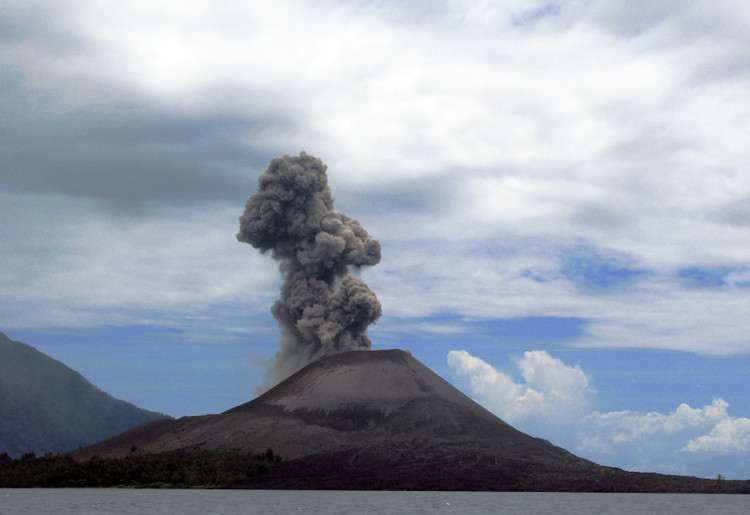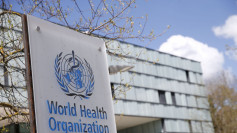Anak Krakatoa might trigger another tsunami in Indonesia, according to experts. The death toll from the disaster occurred last Saturday rose to 429, at least 154 were still missing, and 1,485 were injured.
The devastating tsunami was likely triggered by Anak Krakatoa's eruption, hitting coastal areas surrounding Sunda Strait between Indonesia's two most populous islands, Sumatra and Java, the South China Morning Post reported.
Dwikorita Karnawati, the chief of the Meteorological, Climatology and Geophysics Agency, said in a press conference that they keep on monitoring Mt Anak Krakatoa's tremor activities. The current weather condition, as well as high waves, could cause the volcano's flank to collapse, going down to the sea, and will eventually trigger another tsunami.
She added the walls of the volcano's caldera were getting more fragile, and it'll be much worse if heavy rains continue to pour onto it. Dwikorita also warned the public to stay alert and not to go near the coastal areas - at least between 500 meters and 1km from the shoreline.
Sutopo Purwo Nugroho, the spokesman of the National Disaster Mitigation Agency, said the casualties might keep rising, especially as some districts were unreachable due to collapsed bridges and damaged buildings. Heavy machinery couldn't access some areas, so rescuers are using small tools or just using their bare hands to remove debris.
Based on the analyses of experts, Sutopo said the Saturday's tsunami was 2 to 5 meters in height, in the regencies of Pandeglang and Serang in Banten Province, on the western tip of Java. Other areas affected were three regencies in Lampung Province, on the southern tip of Sumatra. Since it's a holiday season, hotels along the beaches from Serang to Pandeglang were all fully booked when the tsunami hits the areas in Sunda Strait, said Sutopo, and it suddenly came without warnings.
Meteorological, Climatology and Geophysics Agency said the tsunami was triggered by the underwater landslides as the caldera of Anak Krakatoa partially collapsed, which was followed by an eruption earlier that night. Sutopo said no one expected Anak Krakatoa's eruption would cause an underwater landslide and would trigger a tsunami since the eruption was not the biggest ever as the eruptions occurred in October and November were much bigger.
Although Indonesia has an early warning system in place earthquake-triggered tsunami, the country does not have a warning system for tsunamis triggered by volcanic eruptions. Sutopo said it would be challenging for them to develop an early warning system that could detect tsunami triggered by a volcanic eruption since Indonesia has 127 volcanoes wherein 13 percent of the active volcanoes in the world exist in the country.






